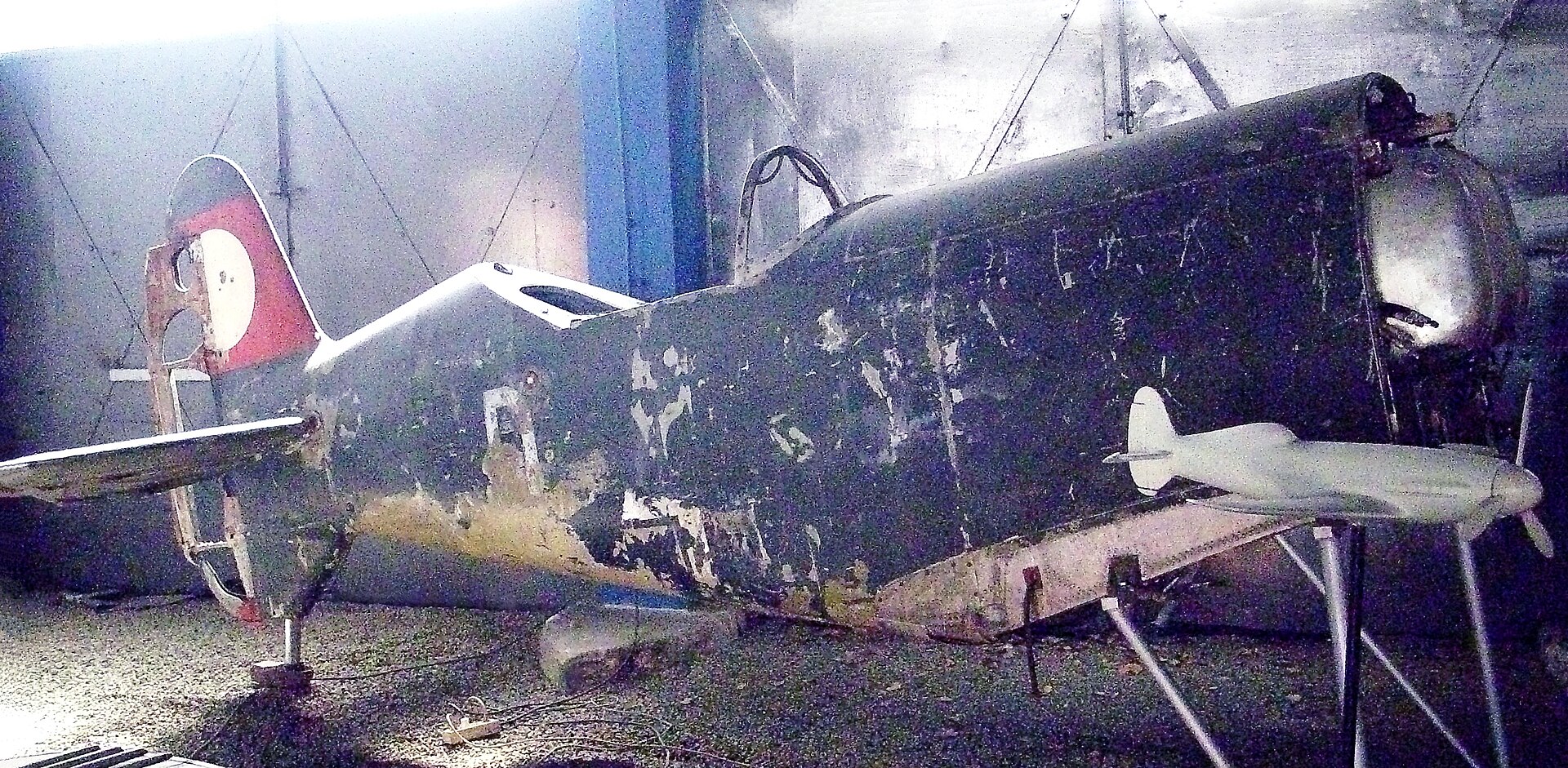Dark Alley Dan
CGN Ultra frequent flyer
- Location
- Darkest Edmonton
Not all of Willi's designs were triumphs, but there was the ME209 V1:

World's fastest piston-powered prop driven aircraft until Rare Bear took the crown many, many years later. The fuselage still exists, in Krakow:


World's fastest piston-powered prop driven aircraft until Rare Bear took the crown many, many years later. The fuselage still exists, in Krakow:










































































































